TPO - The "fiery star" T Coronae Borealis is expected to erupt with a spectacular explosion between now and September, visible to the naked eye.
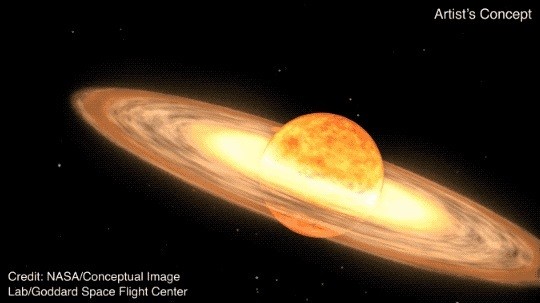 |
Illustration of a binary star system like T Coronae Borealis, also known as the Blaze Star. (Image: NASA Goddard Space Flight Center) |
A faint star in the night sky 3,000 light-years away from our solar system may soon be visible to the naked eye for the first time since 1946, and you'll be able to easily find it in the night sky.
The "Flaming Star" — officially named T Coronae Borealis (T CrB) — is expected to brighten significantly between now and September 2024, from magnitude +10 (beyond naked-eye visibility) to magnitude +2, according to NASA. That's about the same brightness as Polaris, the North Star, the 48th brightest star in the night sky.
The Blaze star can be found in the constellation Corona Borealis, between the constellations Boötes and Hercules. The easiest way to find Corona Borealis is to first locate some of the brightest stars in the summer night sky.
On any clear night, look for the Big Dipper in the northern sky. Trace the path of the Big Dipper in a curve to Arcturus, a bright red star high above the eastern horizon. It's the star known as the "arc to Arcturus."
You may not be able to see the Burning Star yet, but it will be clearly visible before summer ends.
On June 24, an asteroid called Pallas will appear close to Blaze Star’s position in the sky. (In fact, they’re thousands of light-years apart.) Astronomers will broadcast a flyby of the asteroid starting at 4 p.m. ET on June 24, showing Blaze Star’s position during the event.
The Return of a Star
Blaze is a rare example of a recurring nova, which means “new star” in Latin. It is a binary star system with a cool, red giant star and a smaller, hotter white dwarf star orbiting each other. Every 80 years, the red giant ejects material onto the surface of the white dwarf, causing an explosion. Other stars do the same thing, but not in such short intervals.
Astronomers believe the Blaze Star is on track to explode again because it follows a pattern similar to the last two explosions in 1866 and 1946. Ten years before both explosions, it got a little brighter, then finally dimmed again just before the big bang.
On February 10, 1946, the Blaze Star was 600 times brighter than it had been a week earlier. At its peak brightness, the Blaze Star would have been visible to the naked eye for several days, and with a pair of binoculars or a good small telescope.
According to Live Science
Source: https://tienphong.vn/ngoi-sao-ruc-lua-sap-gay-ra-vu-no-lon-tren-bau-troi-post1648331.tpo








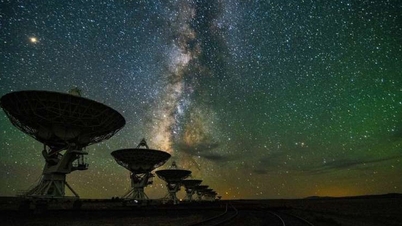

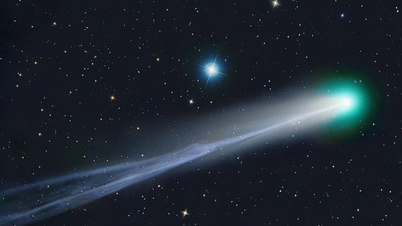


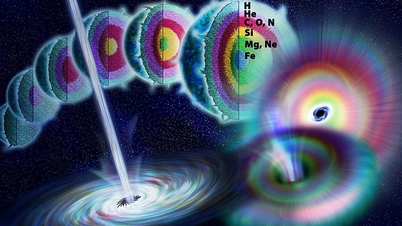

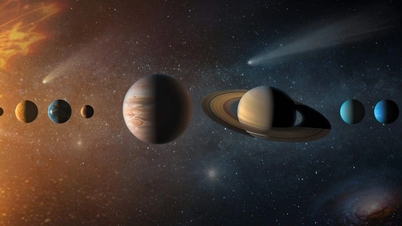




















































































![Dong Nai OCOP transition: [Article 3] Linking tourism with OCOP product consumption](https://vphoto.vietnam.vn/thumb/402x226/vietnam/resource/IMAGE/2025/11/10/1762739199309_1324-2740-7_n-162543_981.jpeg)













Comment (0)